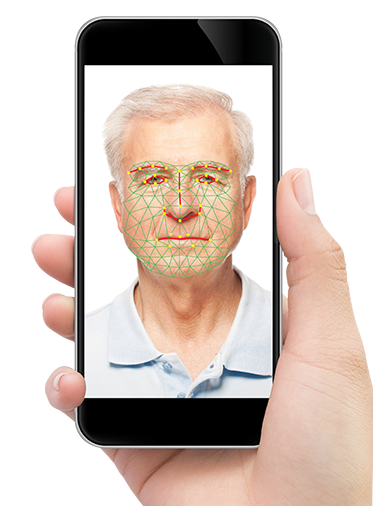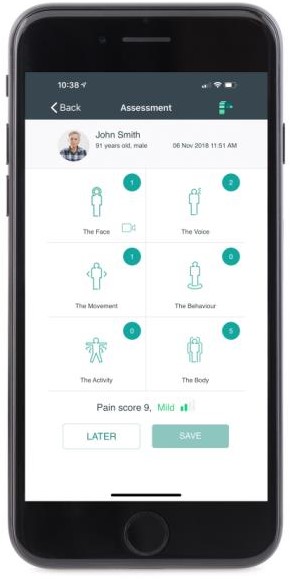
September 2nd 2020
Heathfield Residential Home in Warrington, Cheshire is home to 24 women, many of them are living with dementia. The team use an app that can tell you if a resident is in pain through facial analysis and an assessment at the point-of-care.
Background
Assessing pain levels in residents with dementia is complex. If a resident can’t verbalise how they are feeling it’s often difficult to work out whether they are in pain or determine the severity. This means that pain can go undetected. It can lead to decreased quality of life for the resident, as often pain can lead to behaviours that are difficult to manage.
At Heathfield Residential Home a close-knit staff team know the residents well, meaning they can spot when something isn’t right. However, they felt that a digital tool would give them peace of mind when assessing pain and give them the ability to track pain over time.
Louise Rowley, owner of Heathfield Residential Home, said:
“Residents often find it difficult to verbalise their pain and this seemed like a tool we could use to help support us. We wanted something that would confirm any concerns we had about someone’s pain levels and highlight any deterioration.”
Louise learnt about an app called PainChek, which is a pain assessment tool that analyses a person’s face through the camera of a smart device to see where the resident is on the pain scale.
How it works
Using artificial intelligence and facial analysis, the app captures 3 seconds of a person’s face using the camera on a smartphone or tablet. It can be taken either when the resident is post-activity or at rest. These images aren’t recorded, but the app analyses them and is able to recognise 9 different micro facial expressions. These are involuntary movements that indicate pain.

Next the staff member is guided through a digital questionnaire including what the resident’s vocalisation is like, any physical or behavioural changes, their movements and any changes in activity, providing a more complete pain profile.
Louise explains:
“The app analyses body movements, such as whether the resident is wrinkling their nose or stretching their mouth. It asks whether they are sleeping more, resisting care or if there are any physical changes such as sweating or breathing difficulties, which are all potential indicators of pain.”
Identifying pain
The data collected through the questionnaire, alongside the images, is automatically calculated by the app to produce an overall pain score and severity level. The app will be familiar to those currently using manual assessments such as the Abbey Pain Scale or PAINAD.
The app analyses where the resident is on the pain scale within seconds, saving valuable time over other paper methods.
The data is stored centrally in the cloud and managers have access to a portal where they can view the information. The pain of residents can be monitored over time and data can be downloaded, printed or digitally shared as needed.
Louise highlights that one of the benefits of using this technology is that you can have a consistent and effective result every time it’s used. It’s quick and simple so it can save staff time. Although Heathfield doesn’t use agency staff, for providers that do, it can help support continuity of care.
Louise explains:
“Nothing replaces one-to-one personalised care, but we should embrace technology to help us move forward and support our decision-making.”
Lessons learnt
- When looking into new technology, make sure it’s user-friendly and intuitive for staff
- Use technology to help complement the care you provide and your decision-making
- Liaise with partners and those you work collaboratively with to ensure their buy-in to any new technology.
Costs
To find out costs, please fill out the pricing request form on PainChek’s website: www.painchek.com/how-it-works-uk/#pricing
For more information
To find out more about Heathfield Residential Home, visit www.heathfieldresidentialhome.co.uk
For more information about PainChek, visit www.painchek.com or call 0333 577 3397.
View all case studies